Excerpt from The Lovebird
Author Natalie Brown
Margie Fitzgerald is a sensitive, spirited college freshman, a loner on a colorful quest for love and connection. When she falls under the spell of a charismatic, tortured professor and joins his ragtag group of animal rights activists, she seems to have found a channel for her abundant empathy and previously undirected passions. But Margie takes her activism too far, and eventually finds herself in trouble with the law. She flees her paradisial Southern California home for the very foreign Crow Reservation in Montana, where a family has agreed to hide her. There, she begins to reconcile her past with her present, and make unexpected discoveries about her heart. Margie also finds a friend in Granma, one who affirms some of her own feelings about the natural world.
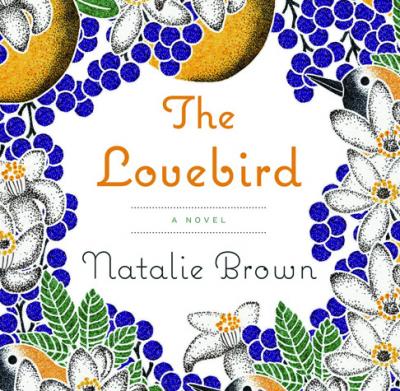
Granma wanted to go out and gather chokecherries. “It’s been hot,” she said, “and the baáchuutaale are ripening. I saw some the other day, like pretty round rubies.” She took up her flour sack.
We weren’t far past the chickens when she began pointing out all kinds of plants we could eat, growing right under our feet. “There’s burdock,” she said. “And over here is some Indian lettuce—those thunderstorms and all this heat have made everything so lush for us—here, try a dandelion.” Granma broke the spiky yellow flower from its stem and held it to my lips. I opened my mouth for the bloom. It tasted like its color—bright and sweetly tart.
“Mmm, not bad.”
“We’ll get some of these greens on our way home and make a salad with them tonight.”
“It’s really wonderful,” I said, “that all this is here.”
“I know,” Granma replied. “Can’t you feel her throbbing in every living thing?”
The fuzz on my arms rose. “Who do you mean?”
“Your mother,” she said, looking straight ahead. “And mine.”
I was quiet. I knew Granma didn’t mean her own birth mother, who had been lost to her, or my Rasha of the red poppies, of whom I’d never spoken.
“This is what I’ve been knowing you would understand, honey,” Granma continued. “It’s why I wanted you to come stay with us, and to come with me on these walks. When I heard about you and what you were doing with the animals, I wanted to share it with you. Share her with you.”
I remembered the tendrils of the gourd vines that had grown in the Community Garden where I’d sat during many mournful Middletown nights, how they had reached out so intelligently toward what was nearest to them and coiled themselves around it in the most accurate of embraces. I considered my lifelong Mary musings—the tendrils might have been strands of Mary’s hair. And now Granma was talking about a “her”—a mother who throbbed in every living thing.
I told her what the CCD sisters had said. The Mother of God, they had called her. “But I have always thought of her as the mother of all creation.”
“Yes, Margie, I feel the same, that there is one mother for all living things. We call her Káalixaalia [Old Woman], and she never stops giving birth.” I looked around us and of course it was true. The prairie, which to my unaccustomed eyes had initially seemed so stingy with its beauties, was almost unfathomable in its abundance of animal, vegetable and mineral offerings—the soil, the stones, the grasses and the occasional trees, the plants and their roots, the prairie dogs, birds, snakes, antelope, and deer, the insects, the river and the cattails. “All of it just keeps unfurling out of her, always,” she said, “so long,” she added, “as we care for her and what she births.”
Granma looked hot and out of breath—partly, I thought, because our subject so excited her. She drew a wrist across her damp forehead. “Think of this: if people had never started viewing animals as something other, as strangers, as below themselves on some”—she paused—“some imaginary ladder, than there would be no reason today for you and your friends to try to save them or fight for their rights. But people did forget that they and the animals—along with everything else—are so interconnected.”
“You mean,” I said, “like all of a piece? Like stars and tobacco, or the moon and plums?”
“Yes! All these lives—from the littlest plants to the biggest people—are knitted together. It’s just the same as what I do with my yarn, you see? I make a sweater for a baby. It has a body, it has arms, it has a hood, it has a collar—all these parts, and I make it all with one long, long strand. Yes, I knit it up.
“And this world, Margie, is just like that. She’s the yarn. She knits us up, connects us, holds us together. That’s why we’re never alone, never separate from each other, or from anything that lives.”
We walked in silence for a few minutes. “Of course, nowadays, even among most Indians, I’m kind of a freak.” Granma laughed. “There’s not enough connection with the animals or the plants around the rez today. My son and I, we’re not perfect, but we try to keep some of the old traditions. What sorts of things were you doing in your group, honey?”
“Well, some of it was kind of silly, to be honest…” I hesitated, thinking of how we’d released the birds from Azar’s pet store, liberated lobsters from restaurant tanks, and dumped purple paint on fur coats. I knew how inconsequential those acts would seem to most people, yet my heart had been in all of them. I told Granma about some of our exploits.
“It really meant something to you, didn’t it?”
“Yeah,” I said. “It really did.”
We reached a thicket of tangly trees adorned with hundreds of scarlet jewels. “Here, oh my,” Granma murmured, “these look good, don’t they?”
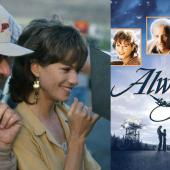
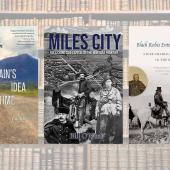
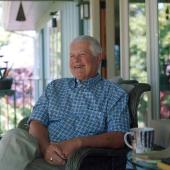
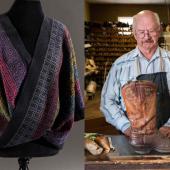
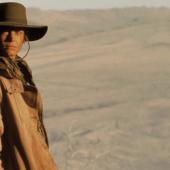
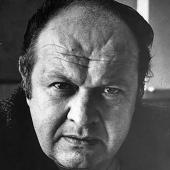
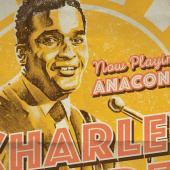
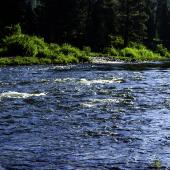

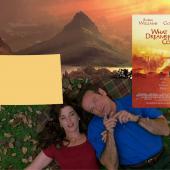
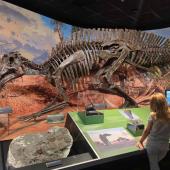
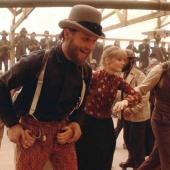
Leave a Comment Here